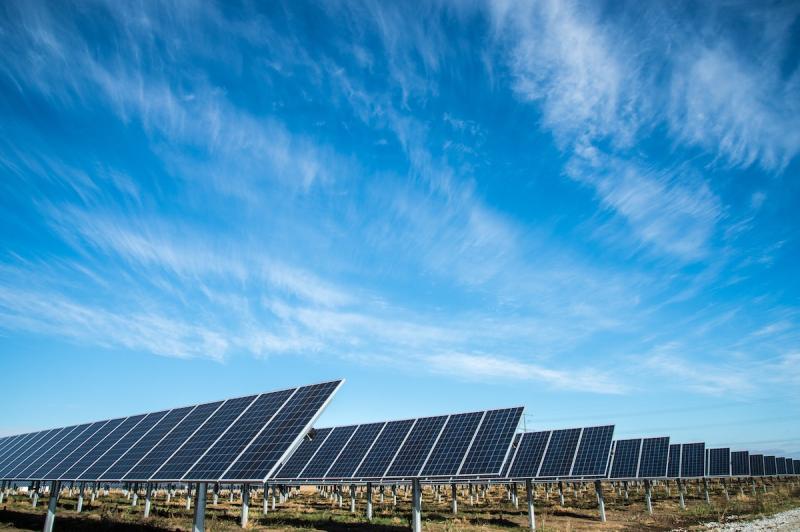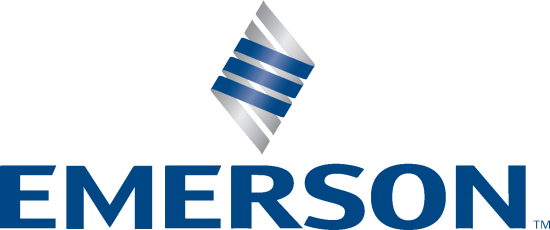Solar energy is an increasingly popular alternative to energy from fossil fuels. Some of the popularity is due to a reduction in the cost of solar energy equipment, leading to solar power systems becoming more cost-competitive over the years.
The shift is also bolstered by consumers' willingness to embrace solar power as they seek to become more energy independent. In addition, more and more consumers are consciously aiming to adopt sustainable energy sources, such as solar, which have a lower environmental impact.
Coupled with this is the opportunity consumers have to take advantage of tax credits and net-metering in return for going solar.
Let's start our look at solar power production with the fundamentals of transforming sunlight into electricity.
How Solar Power Works
The Sun bathes Earth in more than 170,000 terawatts of free solar energy each day. Harnessing just a small fraction of that power could take care of Earth's energy needs for a whole day.
While we are still a long way off from that target, there are two main technologies helping us take advantage of solar energy.
1. Photovoltaic solar cells
These use semiconducting material to transform solar light energy directly into electricity. A large number of solar cells arranged in a solar panel or solar module can generate enough electricity to supply an entire building or even utility-scale electrical power.
2. Solar thermal collectors
This type of solar energy equipment captures and concentrates solar energy and then uses it to heat a fluid, such as water or air. The hot fluid is then used for space heating in a building or to drive a turbine that is connected to an electrical generator at a power plant.
Residential vs. Commercial Solar Power Systems
Residential and commercial solar power systems are quite similar but do have a few basic differences.
Firstly, residential solar energy equipment typically has fewer cells in a smaller solar panel that generates less electricity than a commercial solar power system.
Secondly, residential systems are usually installed much quicker than commercial ones. This is often because local permitting offices usually conduct a much more in-depth (and thus longer) review of your plans.
Furthermore, whereas you may only have to upgrade your electrical panel for a residential system, the size of a commercial system may make upgrading the local grid transformer necessary. So, while a residential system may be installed in a day or two, a commercial one may take up to a few months.
Grid-tied, Off-Grid, and Hybrid Systems
When considering installing solar power equipment, homeowners and businesses often think in terms of off-grid and grid-tied, with hybrid systems also coming into the mix.
Grid-tied Systems
A grid-tied system is the simplest, cheapest, and most popular of the three options because it is connected to the power grid of your local utility company. It is also the one most often installed for homes, as well as for small and medium-sized businesses.
Because it is connected to the grid, this kind of system does not need to meet all your energy needs. At night or when solar energy production is low, you can tap into the grid for power. And, if your system produces excess energy, this can be sent to the grid in exchange for a credit on your utility bill — an arrangement known as net-metering.
Off-Grid Systems
An off-grid system is not connected to local utility lines in any way. It must, therefore, be sufficient to take care of all your power needs. For this reason, off-grid solar energy equipment works best for homes or businesses with low energy consumption that are a good deal away from the grid.
An off-grid system has more upfront costs than a grid-tied one. The cost of installing one, however, may be much cheaper than the cost of extending power lines to remote locations.
Since the system is off-grid, you will have to find a way to generate energy when solar production is low or non-existent, such as at night. For such eventualities, your system can be built to include a solar battery pack that stores excess solar power. Otherwise, you can connect to a backup gas generator.
Hybrid Systems
A hybrid solar energy system combines the features of a grid-tied and an off-grid setup with a cost somewhere between the two. It is tied to the grid but designed with a solar battery pack for use during blackouts. The battery is, however, smaller than the one needed for off-grid installations.Solar Thermal Power Plants
Solar power plants use either photovoltaic or solar thermal collector technology with the latter coming in three forms.
1. Linear Concentrating Systems
The collectors used in this kind of solar power plant are usually long, rectangular, curved mirrors arranged in fields of parallel rows running north to south. The mirrors are mounted so that they can pivot to track the Sun as it moves across the sky.
Receivers in the form of tubes run the length of the mirror. A fluid passing through the tube is heated and that heat is used to create superheated steam. This is then used to produce electricity in a steam-turbine generator.
Linear concentrating solar energy systems come in two types: parabolic troughs and linear Fresnel collectors.
The parabolic trough version is able to concentrate sunlight up to 100 times the normal intensity. Temperatures reached in a parabolic trough linear concentrating system can reach in excess of 750°F.
A linear Fresnel system is simpler in design and has lower setup costs. The receiver in this type of system is above the mirrors and the system has the capacity to concentrate the Sun's energy about 30 times its normal intensity.
The arrangement of the solar energy equipment in both these models requires mirrors to pivot so they can aim the sunlight directly onto the receiver. Ductile cast iron might be used as strong support for these mirrors or for the mechanism that allows them to pivot repeatedly and efficiently while resisting wear and tear, thanks to its superior nodularity.
2. Solar Power Towers
A solar power tower system consists of a large field of flat, sun-tracking mirrors (heliostats) that collect, reflect, and concentrate sunlight onto a receiver positioned atop a tower. Power towers can raise the heat transfer fluid (usually molten salt) to over 1,000°F because of their ability to concentrate the sunlight's intensity up to 1,500 times.
Apart from being used to facilitate movement of the tracking mirrors, there may be several structural applications for ductile cast iron in large-scale, high-temperature solar energy equipment. Certainly, those applications can take advantage of favorable ductile iron properties such as strength and heat resistance.
3. Solar Dish/Engine Systems
Solar dish/engine systems are quite similar in design to a satellite dish. The pivoting parabolic dish is made up of small, highly polished, flat mirrors that reflect and concentrate the Sun's energy onto a thermal receiver.
The heat is transferred to a fluid that reaches temperatures of up to 700°C and used to drive a (typically) Stirling or steam engine connected to an electric generator.
Ductile cast iron may be used in a solar dish/engine system to ensure the parabolic dish is sufficiently supported. As with the other linear concentrating systems we have looked at, it is imperative for the solar dish/engine system to be able to track the Sun's movement throughout the day. The use of ductile cast iron components in the pivoting mechanism may help to assure the longevity and efficiency of the system.
Ductile iron solar equipment parts from Urick
Secure the sunniest outlook possible for your solar power operations. Urick has the experience and the technology to create highly customized, near-net shape ductile iron castings for use in both small and large-scale solar energy equipment. Reach out to us today to see how our products might support your solar power system.



